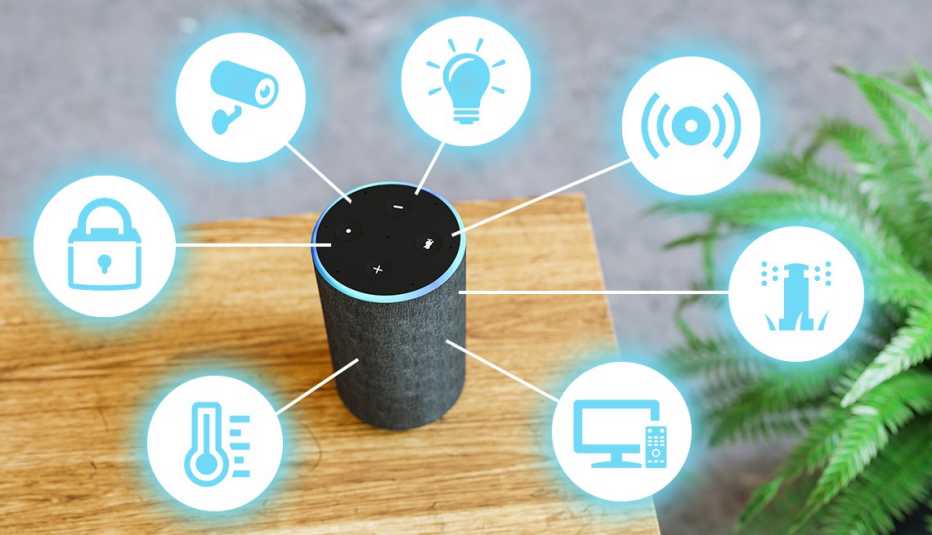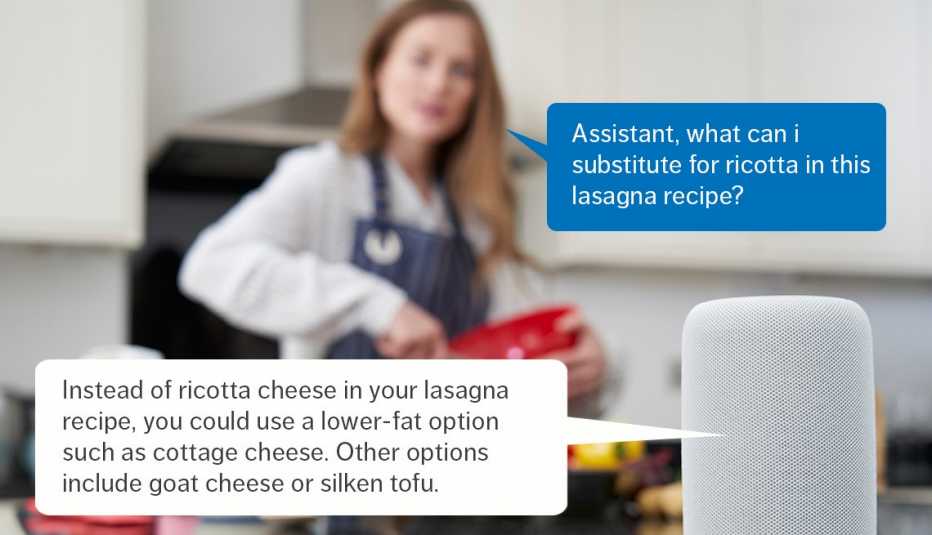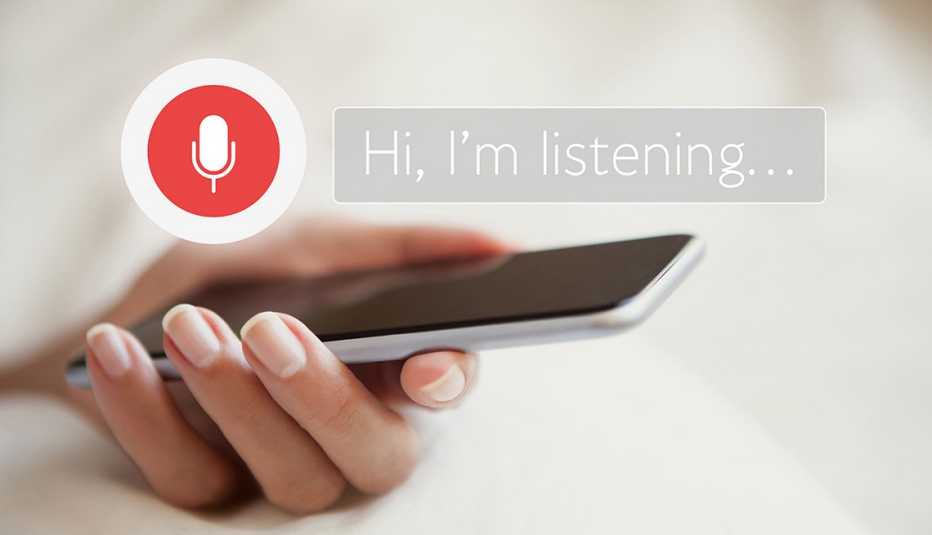Staying Fit


Unexpected uses
for your smart speaker
Smart speaker skills range from the sublime, such as reciting Shakespeare, to the ridiculous, like making farting sounds. Some other ideas to consider:
1. Schedule a doctor’s appointment. Linking your smartphone to your calendar can make setting an appointment easy.
You also can find a dentist or ophthalmologist with Google Assistant or even get average prices for a root canal with Alexa.
2. Call for a car. Going somewhere?
Once you’ve added your account information to your voice assistant, you can just ask your smart speakers to hail a Lyft or Uber.
3. Eliminate senior moments. You can ask smart speakers to remember details you tend to forget or rarely have to recall.
Just tell Google or Alexa to keep track of, say, where you stashed your homeowner’s policy or what your son’s shoe size is. It’s great for gift giving.
4. Help you sleep. Both Google Assistant and Alexa can help you relax.
Just ask, and you’ll get sleeping tips and calming ambient sounds such as ocean waves.
5. Plan a trip. You have to be your own travel agent these days.
With Google Assistant you can use Kayak to find cheap flights. Alexa has an Expedia skill for researching and then helping you reach your destination.
— John R. Quain
More than 53 million adults in the United States now own about 120 million voice-activated smart speakers.


That represents 78 percent year-over-year growth, according to a report this year from NPR and Edison Research.


AARP Membership— $12 for your first year when you sign up for Automatic Renewal
Get instant access to members-only products and hundreds of discounts, a free second membership, and a subscription to AARP the Magazine.


In a word, wowza.


As you likely know, these relatively inexpensive devices — from Amazon, Apple and Google — have a microphone that hears your question or command and delivers a human-like response through its speaker.


“There has never been a more natural way to communicate with technology than using your voice,” says Katherine Prescott, founder and editor of VoiceBrew. “There’s something so magical about these devices, like we’re living in the future.”


Her digital media company is dedicated to helping people get the most out of Amazon Echo products with articles, blog posts and email newsletters.
Amazon’s assistant is named Alexa, Apple’s is Siri, and Google’s is simply Google Assistant.
But though you’re probably aware that you can ask these speakers questions — such as “What’s the capital of Spain?” or “How many quarts make up a liter?” or “How far is Miami Beach from Boca Raton?” — these virtual helpers are more than just an always-available librarian.
Here are a handful of things to try, from controlling your smart home devices and making calls to setting reminders and playing games.
Features may vary slightly among Amazon, Apple and Google speakers.
Smart home control
As long as your smart home devices support smart speakers, and many of them do, you can control your home using your voice. Examples include August locks, Nest thermostats and Philips Hue lightbulbs.
Amazon Echo
To get going on an Amazon Alexa speaker, go to the Alexa app on your smartphone or tablet and tap the three little lines in the top left corner.
Now select Skills & Games and tap the magnifying glass to search for the product you have, such as “Hue,” “Ring,” “August,” “Nest” and so on. Tap Enable to Use, and follow any other instructions in the app, such as signing into an account tied to that camera, light or thermostat.

































































More From AARP